When/why is a plant said to be both native and introduced?
Tiffany, purpleinopp Z8b Opp, AL
8 years ago
Featured Answer
Sort by:Oldest
Comments (32)
lisanti07028
8 years agoUser
8 years agoRelated Discussions
Why do people get mad about non-native trees growing in the wild?
Comments (16)For my part, I'm just happy to see a rather nuanced discussion unfolding here. I see I'm not alone in being frustrated with some of the unintended consequences of the "natives only" movement, even though to a large extent, I'm a part of that movement, or at least a supporter of its main tenets. I think it really comes down to the fact that there are a few really bad actors, and then a whole bunch of stuff somewhere in the middle. I'm a big fan of Norway spruce-obviously not a native tree-and I know of some woods which are mostly native, but have a few big , old monsters of this species mixed in. In my view, absolutely not a problem, in any way. But those same woods are truly being "choked" by common buckthorn. That will be their demise, as that plant really does have the ability to crowd everything else out. It just depends on the situation, but to not realize there is a problem with non-native, invasive plant species proliferating in the environment indicates that you, OP, just haven't yet seen the light. Since you're interested enough in the topic to bring it up, I suspect you will in time come to see the havoc. A part of it really depends on your managing to fall in love with the native plant communities which have not yet been destroyed. Then once you cross that threshold, I think it will become clear what something like Callery pear, garlic mustard, or common buckthorn is doing to the landscape. +oM...See MoreNative plant? Weed? Both?
Comments (5)Sam, it hasn't flowered yet, and I dont' know if it's an annual, biennial, or perennial, so I can't answer any of your questions. I'm hoping someone will recognize the seed heads. My searches of images have turned up Prenanthes altissima or Lactuca saligna as the species looking most like my plant. One of them (maybe both, I forgot) mentions variable leaf shapes. Anyone familiar with either of those? Does my plant look like either? Why can't I have common weeds? It takes forever to identify so many of the plants growing on my property. Oh well, the dogs knocked over one of these today, so maybe it won't matter what it is. Shelley...See Moreconinuing WHY natives.....
Comments (34)I got a Clethra alnifolia (wild type, not a cultivar) in March. It has so far done very well in the 5 gallon pot I put it in. I'll be planting it in the ground whenever it finally starts getting cooler here (so that I won't have to water every day). It covered itself in hundreds of tiny blooms in June/July, but didn't start opening any until August. I think that's later than typical for Clethra, though. When it did finally start opening, I liked that only a few of the "spikes" of flowers (can't think of the proper name for that flowering arrangement off the top of my head...botany was two years ago!) at a time. Since it didn't open all of them at once, it's still blooming now and still has some yet unopened buds to keep it blooming for a while longer. It's got a really lovely scent that's not overpowering. The only thing I dislike about it is that it's got a very scrawny habit...but that very well could be because it's been grown in a pot since it was a seedling. I think the Eleagnus the previous owners of this house planted next to the steps is going to meet an untimely demise so that the Clethra can take its place and next year I'll be able to smell it from the front porch when it blooms. I've been wanting an excuse to kill that Eleagnus, but I've been focusing most of my energy so far on trying to kill all the Jap. honeysuckle in my yard since it's got berries and the Eleagnus doesn't. Anyway, that's been my short experience with Clethra alnifolia...not sure how it would fare in your neck of the woods but it's been a very low-care, no muss no fuss kind of plant for me so far. It does not seem to be bothered by dry spells of two or three weeks, and I haven't seen any signs of disease or stress. As far as wildlife value, one reason I wanted it was because the Georgia Wildlife Federation says, "Wildlife Benefits: Flowers provide nectar to bees, hummingbirds, and butterflies. Seeds are eaten by a variety of birds and small mammals." Still waiting to see seeds and see what kind of "variety" of animals will visit....See Moreintroducing a plant friend to mnf
Comments (59)who ladygreensleeves???? awww she's just the sweetest!!! i think....notice i "did" say "think" and ohhhhh with me that is a big and scary word they'd say, LOL but this is a gab fest!!! HE EHE EHEHE ***big grinn** and our person who was inroduced has "just" disapeared, as if ummmmm she doesnt want to be with us, ***boo hoo*** ****boo hoo**** or maybe it was ya'll talking toooo darned much again!! i knew it would happen again!!! go and scare someone away!!! hmmmmmm....then again it coulda been me!! my absent minded ways!!! LOL i say.....cut a line straight through that ol maze and it'll look perfect!!! LOL yeppers!!! and pixie!! you have it just right!! LOL gotta go fix waffles now. ugh cooking like a regular wife, **just kidding* LOL many hugs ~~Medo...See MoreWoodsTea 6a MO
8 years agogardengal48 (PNW Z8/9)
8 years agoUser
8 years agolast modified: 8 years agowisconsitom
8 years agoWoodsTea 6a MO
8 years agolast modified: 8 years agoUser
8 years agoUser
8 years agowisconsitom
8 years agoWoodsTea 6a MO
8 years agoUser
8 years agolast modified: 8 years agoWoodsTea 6a MO
8 years agodbarron
8 years agowantonamara Z8 CenTex
8 years agolast modified: 8 years agoUser
8 years agolast modified: 8 years agoUser
8 years agoUser
8 years agolast modified: 8 years agowisconsitom
8 years agoWoodsTea 6a MO
8 years agowantonamara Z8 CenTex
8 years agowisconsitom
8 years agoUser
8 years agolast modified: 8 years agoUser
8 years agolast modified: 8 years agoUser
8 years agoTiffany, purpleinopp Z8b Opp, AL
8 years agowisconsitom
8 years agoUser
8 years agowisconsitom
8 years agowisconsitom
8 years ago
Related Stories

GROUND COVERSNative Alternatives to English Ivy, Japanese Pachysandra and Periwinkle
These shade-loving ground covers are good for the environment and say something about where you are
Full Story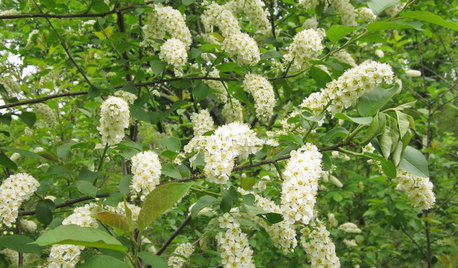
TREESNative Plant Alternatives to Invasive Common Buckthorn
Learn how to identify and control this aggressive plant, and what to grow in its place
Full Story
LANDSCAPE DESIGNNative Plants Help You Find Your Garden Style
Imagine the garden of your dreams designed with plants indigenous to your region
Full Story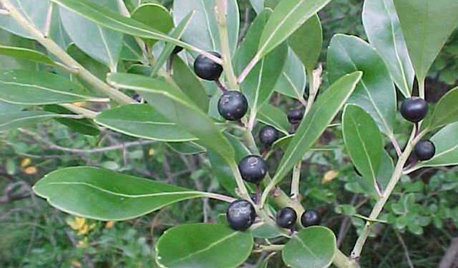
FLOWERS AND PLANTSEasterners: Consider This Native Alternative to Boxwood
Inkberry, or Ilex glabra, excels as a foundation plant or formal hedge perfectly suited to the East Coast
Full Story
GARDENING GUIDESGarden-Friendly Native Alternatives to Overplanted Exotics
There are lots of gorgeous, wildlife-friendly native plants ready to make an appearance in your garden
Full Story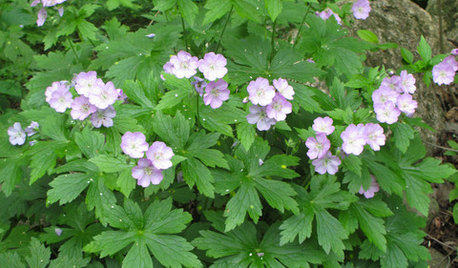
NATIVE PLANTS10 Essential Native Perennials for the Great Lakes and Upper Midwest
These adaptable native plants thrive in a variety of conditions and will provide flowers throughout the season
Full Story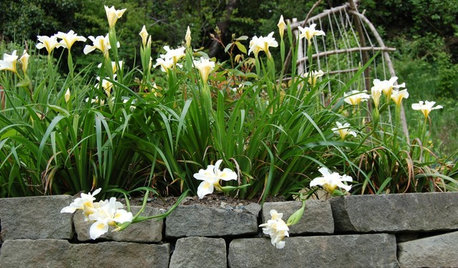
GARDENING GUIDESTop 10 Native Plants for the Pacific Northwest
More than just gorgeous and adaptable, these standout plants convey a sense of place
Full Story
GARDENING GUIDESHow to Find the Right Native Plants for Your Yard
Find plant maps, sale sites and guides that make going native in the garden easier than ever
Full Story
INSPIRING GARDENSNative Plants Bring 10 Southern California Front-Yard Gardens to Life
Rare plants, rain gardens and wildlife habitats are just a few of the features showcased on the 2016 Theodore Payne Native Plant Garden Tour
Full Story
GARDENING GUIDESWe Bust 4 More Native Plant Myths
Have you been taken in by these fallacies about gardening with native plants?
Full Story


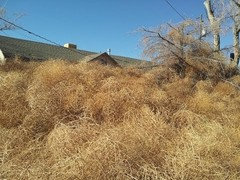
WoodsTea 6a MO